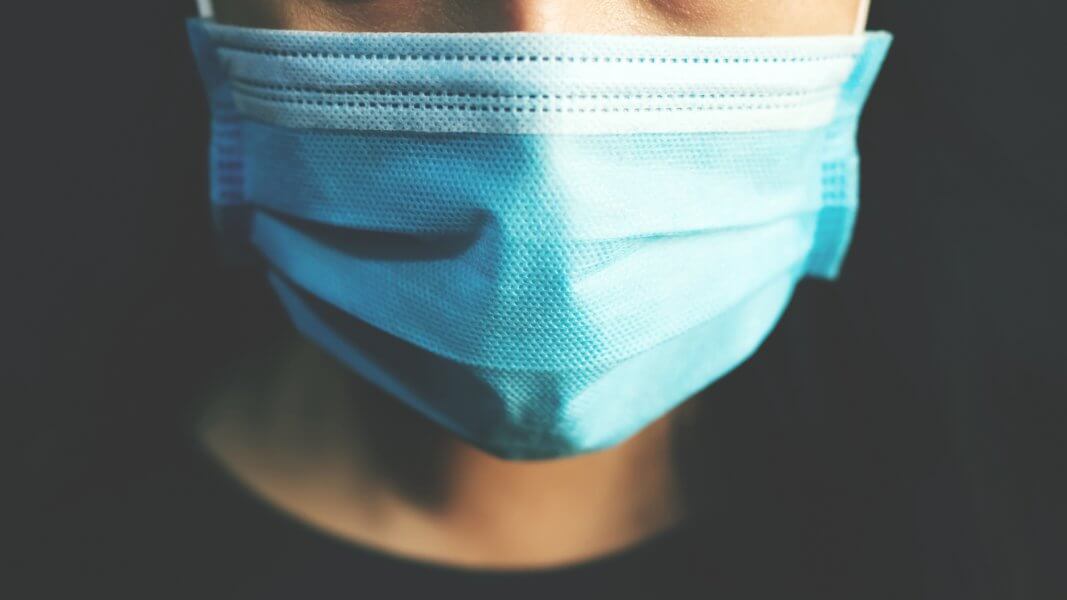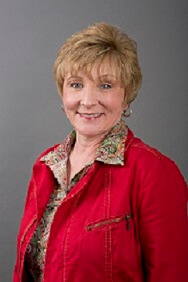
Connie Steed still gets emotional when she talks about making her rounds one day last March and finding a nurse crying in a conference room.
“She was afraid she was going to get COVID at work and that she was going to take it home to her children,” says Steed, president of the Association for Professionals in Infection Control and Epidemiology (APIC).
Steed talked to the nurse for 20 or 30 minutes that day in her role as director of infection prevention and control at Prisma Health in Greenville, S.C., where she oversees 12 hospitals and a variety of other healthcare facilities.
 “I was able to support her emotionally,” says Steed, who has more than 40 years of experience in the field. “But I was also able to help with my knowledge and let her know, ‘We are your advocate, and we are working on universal masking.’”
“I was able to support her emotionally,” says Steed, who has more than 40 years of experience in the field. “But I was also able to help with my knowledge and let her know, ‘We are your advocate, and we are working on universal masking.’”
Two days later, Steed tracked down the nurse with good news: Universal masking would be implemented. That meant that healthcare workers would wear masks, whether they were interacting with a known COVID-positive patient or not, and anyone coming in the hospital also would be required to wear a mask.
“You’ve got these people out there taking care of patients that are putting their lives on the line,” Steed says. “They need to feel like their organization is trying to keep them safe."
International Infection Prevention Week, held Oct. 18-24, is an annual celebration of the work of infection preventionists. This year, more than ever before, they are in the spotlight – their bravery and energy during the pandemic is a vivid reminder of the power of individuals to make a difference.
More on IIPW 2020:
Steed is the volunteer president of APIC, the leading professional association for infection preventionists, which has more than 15,000 members.
When the global pandemic arrived, infection preventionists landed a starring role in the rapidly unfolding drama. That meant making sure healthcare workers had, and properly wore, their personal protective equipment (PPE), that hospitals had adequate surge capacity plans, and that ever-changing guidance from experts was in place.
They also guided nursing homes on infection control and, later, consulted with businesses and schools about how and when to safely resume in-person activities.
Infection preventionists routinely set the organization’s standards for the hygiene and PPE of healthcare workers and, sometimes, visitors. They also advise teams that monitor the cleanliness of equipment and devices that touch patients.
COVID-19 ratcheted up those stakes.
Thousands of infection preventionists work in the U.S., and while pandemics are something IPs train for, they hope they will never materialize. They have weathered HIV, H5N1, swine flu, SARS and others. Many of them are scary diseases that claim lives but end up not being as widespread as initially feared.
Not so with COVID-19, which has claimed more than a million deaths around the world and more than 217,000 of them in the U.S. as of mid-October, according to Johns Hopkins University.
“When you see people with this disease, you don’t forget,” Steed says. “You go into a COVID unit and you see them prone and all these providers working to save their lives. This isn’t make-believe. This is real.”
Long before COVID-19, healthcare-associated infections were a known problem. An estimated 1 in 31 hospitalized patients will get at least one healthcare-associated infection as a result of the care they receive, according to the U.S. Centers for Disease Control and Prevention (CDC). About 72,000 patients with such infections died during their hospitalizations, according to a 2015 CDC study.
That is another role of the infection preventionist – doing everything possible to reduce those numbers. And those healthcare-associated infections have not gone away during the pandemic. In some places, those problems, such as central line and urinary tract infections, have increased, compounding the stress on IPs at an already chaotic time, Steed says.
That may explain why more than 700 IPs joined a recent call offering a free program on stress and resilience sponsored by APIC.
Steed champions IPs as change agents with a very specific mission: healthcare without infections.
“I want IPs to understand that they are heroes, just like those frontline nurses and physicians,” she says. “The work they’ve done has been imperative to save lives. We need to hang in there and be resilient. We will defeat this.”


